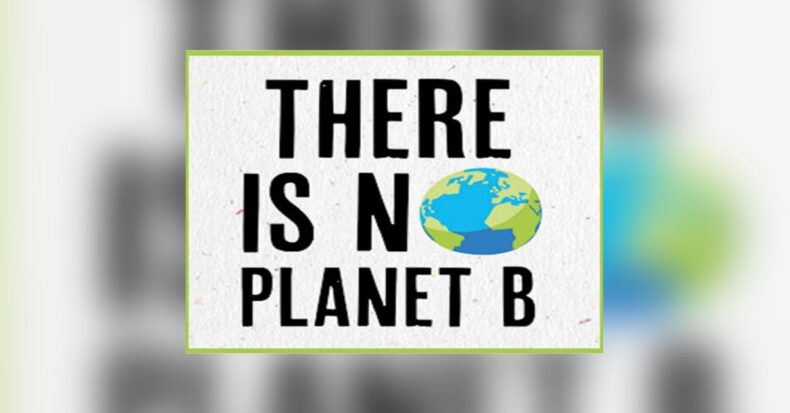Humans have been modifying the land for agricultural and long-term settlement since the end of the last ice age, developing tools and machines, and modifying the land for agriculture and long-term accommodation.
As the world’s population has expanded and new technology has spread across cultures and continents, more and more of the planet’s resources are diverted to the species’ benefit.
Human activities have hampered the natural order of the environment by depopulating and eliminating species and adding harmful chemicals to the air, water, and soil—changing the climate, the structure and function of ecosystems, and the biological communities they contain.
Pollution
This challenge is primarily ours (humans) to solve in our quest to produce valuable goods and various methods to fuel our machines.
Concentrating our efforts on restricting and eliminating the generation of hazardous pollutants will go a long way toward cleaning up the contaminants that are already harming the Earth’s ecosystem.
Consider learning about the origins and consequences of many forms of pollution, as well as some of the techniques and remedies that can restrict pollutants’ discharge into the environment and production.
Pollution is the most solvable of World’s environmental issues in the twenty-first century.
Humans have been modifying the land for agricultural and long-term settlement since the end of the last ice age, developing tools and machines, and modifying the land for agriculture and long-term accommodation.
As the world’s population has expanded and new technology has spread across cultures and continents, more and more of the planet’s resources have been diverted to the species’ benefit.
Human activities have hampered the natural order of the environment by depopulating and eliminating species and adding harmful chemicals to the air, water, and soil—changing the climate, the structure and function of ecosystems, and the biological communities they contain.
Environmental pollution is the introduction of any substance (solid, liquid, or gas) or any form of energy (such as heat, sound, or contaminated) into the environment at a rate that exceeds the rate at which it can be dispersed, diluted, decomposed, recycled, or stored in a harmless form.
As defined by the environment, the three primary types of pollution are air pollution, water pollution, and land contamination. Specific conditions of pollutants, such as noise, light, and plastic pollution, are also of concern in modern civilization.
Breakdown of any sort may harm the environment and animals and negatively influence human health and well-being.
Know the cause for the pollution
When people think of pollution, we often envision chemicals that foul the air and water and refuse that pile up in landfills or litters sides.
One might argue that air, water, and land pollution are at the front of our consciousness because they have such a direct impact on our health and well-being, as well as the health and well-being of other kinds of life, particularly those we rely on for food. Other, less visible types of pollution are also required.
Noise, light, and thermal pollution affect how humans and other animals behave and experience the world and often decide to live.
Nonetheless, plastic pollution has received the greatest attention in recent years, owing to its capacity to infiltrate our air, water, and land. Find out more about the many forms of pollution.
Still, few areas on Earth are not polluted. Human-made chemical compounds may be found in the snow on the highest mountain summits and in the atmosphere beyond the bottom of Earth’s deepest abyssal tunnels. Pollution affects all kinds of life in some manner.
Few types of pollution, such as light and noise pollution, which use energy rather than matter, may be easier to regulate and control than the chemicals that contribute to various types of air, water, and land pollution.
Prevention to Save the World
Earth provides us with everything we need to generate food and live healthy lives in natural resources. Land, water, animals, and plants are examples of these resources. We can’t produce food without water and soil.
It will be much more difficult to cultivate enough healthy and nutritious food if our water is contaminated and our Earth has been robbed of the rich minerals that make it fruitful.
We must safeguard our natural resources if we continue producing enough safe and healthy food for everyone on the globe.













